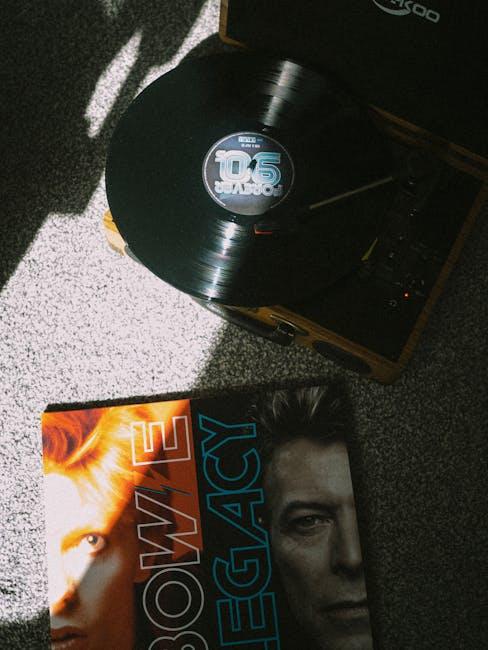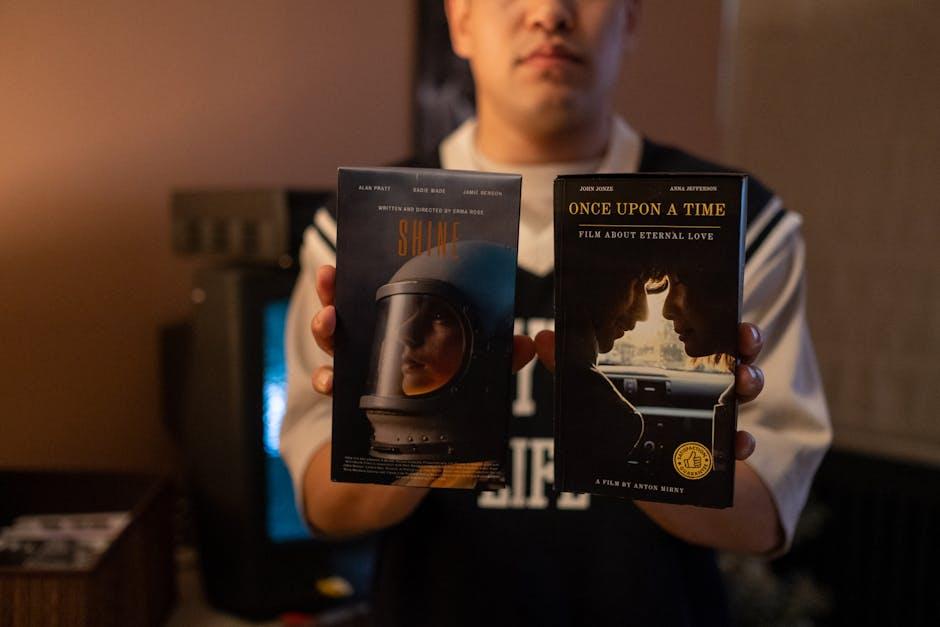In the ever-evolving landscape of cinema, the roots of modern filmmaking techniques are deeply entwined with the masterpieces of the past. Classic films, with their groundbreaking innovations and storytelling prowess, continue to exert a profound influence on contemporary directors and cinematographers. This enduring legacy not only shapes the visual and narrative frameworks of today’s blockbusters but also inspires new generations of filmmakers to explore and reinterpret traditional methodologies. By analyzing the techniques pioneered in these timeless works, we uncover the foundational elements that continue to drive cinematic creativity and innovation. This article delves into the classic films that have left an indelible mark on modern movie-making, highlighting their lasting impact on the art and craft of cinema.
Influence of Cinematography in Classic Films on Contemporary Visual Storytelling
The magic of classic cinema lies not only in its storytelling but in its groundbreaking cinematography that continues to shape the visual language of modern films. Directors and cinematographers today often draw inspiration from the pioneers of the past, utilizing techniques that were first introduced decades ago. For instance, the use of deep focus in Orson Welles’ Citizen Kane has become a staple in modern filmmaking, allowing multiple planes of action to remain in focus simultaneously, thus enriching the narrative depth.
Several classic films have left an indelible mark on contemporary visual storytelling. Among them are:
- Vertigo – Alfred Hitchcock’s use of the dolly zoom creates a disorienting effect that continues to be employed in thrillers and horror films today.
- 2001: A Space Odyssey – Stanley Kubrick’s innovative use of symmetry and minimalism has influenced countless science fiction films, reinforcing the genre’s aesthetic sophistication.
- Metropolis – The groundbreaking special effects and set designs in Fritz Lang’s silent epic continue to inspire the visual style of futuristic narratives.
These classic films not only pioneered techniques that are still prevalent but also set the standard for visual storytelling, proving that the art of cinematography is timeless.

Narrative Structures from Timeless Movies Shaping Modern Screenwriting
The influence of classic films on modern screenwriting is undeniable, as their narrative structures continue to shape contemporary storytelling. These timeless movies have laid the groundwork for innovative techniques that filmmakers still draw from today. For instance, the non-linear storytelling found in classics like Citizen Kane revolutionized narrative pacing and structure, encouraging screenwriters to explore fragmented timelines and perspectives. This approach is evident in modern films such as Pulp Fiction and Memento, where the manipulation of time becomes a storytelling device that adds depth and intrigue.
Another pivotal structure is the hero’s journey, popularized by films like The Wizard of Oz and Star Wars. These narratives provide a framework that guides characters through transformative arcs, a technique that remains prevalent in modern blockbusters. Screenwriters continue to employ this structure to craft compelling, relatable protagonists, ensuring that the audience remains emotionally invested. The enduring legacy of these classic films underscores their pivotal role in shaping the art of storytelling, offering a blueprint that remains as relevant today as it was decades ago.

The Role of Iconic Soundtracks in Elevating Today’s Film Scores
In the realm of cinema, iconic soundtracks have transcended mere background music, becoming an integral part of storytelling that continues to influence modern movie-making techniques. These compositions do more than just accompany scenes; they create an emotional resonance that can elevate a film to legendary status. Think of the haunting notes of John Williams’ score for “Jaws” or the sweeping orchestral arrangements in “Gone with the Wind.” Such scores have become benchmarks for composers today, who strive to craft music that not only complements but also enhances the narrative arc of their films.
- Emotional Depth: Iconic soundtracks provide a layer of emotional depth, allowing audiences to connect with characters on a more profound level.
- Memorable Themes: These soundtracks often introduce memorable musical themes that become synonymous with the films themselves, leaving a lasting impact.
- Innovative Techniques: Classic scores have paved the way for innovative techniques in sound design and composition, inspiring modern creators to push boundaries.

Classic Editing Techniques Revolutionizing Current Filmmaking Practices
In the ever-evolving world of cinema, classic editing techniques continue to wield significant influence, offering timeless tools that shape the way stories are told today. These techniques, rooted in the golden age of filmmaking, are not merely relics of the past but are actively reshaping contemporary practices. Directors and editors draw inspiration from these methods to enhance narrative flow and emotional impact, creating seamless and engaging experiences for audiences.
- Match Cuts: Originally popularized by films like “2001: A Space Odyssey,” match cuts are used to create visual and thematic connections between scenes, providing a smooth transition that maintains viewer engagement.
- Cross-Cutting: Pioneered by D.W. Griffith, this technique allows filmmakers to build suspense and parallel storylines by alternating between different scenes or narratives, a staple in thrillers and action films.
- Montage: With roots in Soviet cinema, montages condense time and information, offering dynamic storytelling that remains a favorite in genres ranging from sports dramas to romantic comedies.
- Jump Cuts: Jean-Luc Godard’s revolutionary use of jump cuts in “Breathless” introduced a new way to convey urgency and disjointedness, a technique that remains popular in modern indie and experimental films.
These techniques not only honor the legacy of classic cinema but also push the boundaries of what modern filmmaking can achieve, proving that sometimes, looking back is the best way to move forward.

